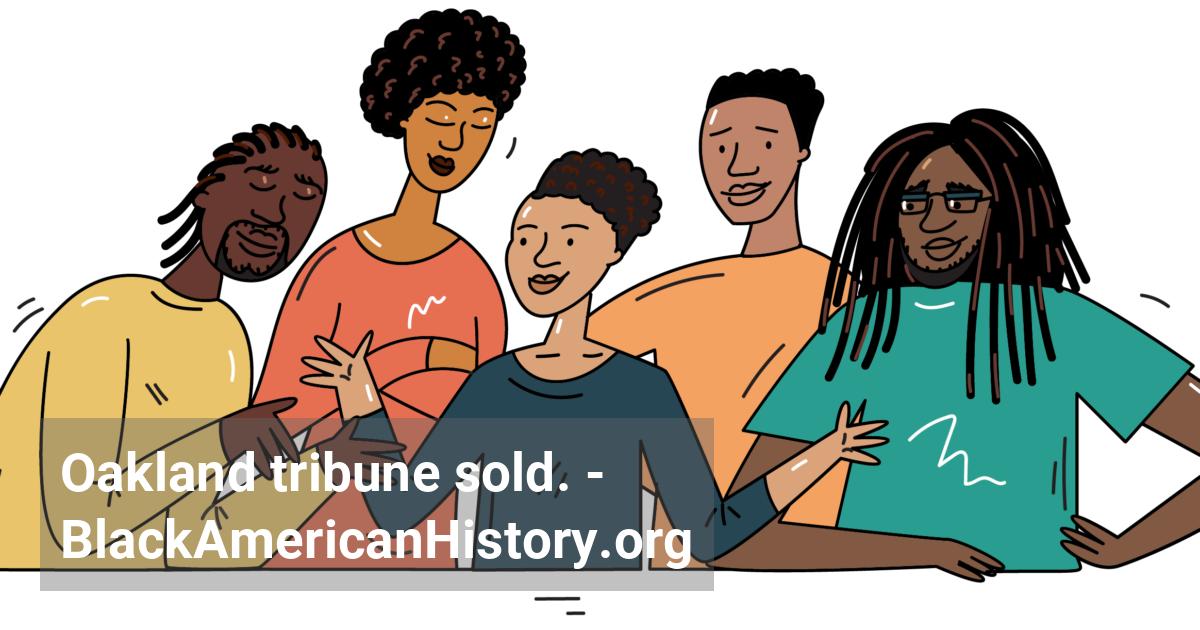Home / Full timeline / The 118-year-old Oakland Tribune, the nation’s only major Black-owned daily newspaper, sells its name and certain assets to the Alameda Newspaper Group.
 The 118-year-old Oakland Tribune, the nation’s only major Black-owned daily newspaper, sells its name and certain assets to the Alameda Newspaper Group.
The 118-year-old Oakland Tribune, the nation’s only major Black-owned daily newspaper, sells its name and certain assets to the Alameda Newspaper Group.
1992 (Oct 15)
The name and certain assets of the 118-year-old Oakland Tribune, the nation's only major Black-owned daily newspaper, were sold to the Alameda Newspaper Group—part of the Singleton newspaper empire that owns four small dailies in California's East Bay area. The newspaper became a symbol of racial pride when Robert C. Maynard, a well-respected columnist with the Washington Post, and his wife, Nancy Hicks, a noted journalist with the Boston Globe, bought the Tribune from the Gannett Company. The purchase offered hope for Black American success in mainstream publishing; when Maynard and Hicks bought the newspaper, Black Americans represented less than 10 percent of the staffs of the nation's newspapers. Despite cost-effective measures and a restructuring of debt, the Tribune struggled under Maynard's tutelage. High production costs and the inability to upgrade the presses to remain competitive with other newspapers in the San Francisco Bay/San Jose region were major hindrances. Maynard attempted to make the newspaper competitive with a special regionalized East Bay section that catered to that region's residents, but he continually had to battle financial woes. Maynard, who died a year later, announced the sale would not include the newspaper's presses and its landmark building. The Tribune maintained a daily circulation of 121,500 and 120,930 Sundays.
References:
- • Hornsby, Alton. Chronology of African-American History: Significant Events and People from 1619 to the Present. Detroit: Gale Research, 1995.
